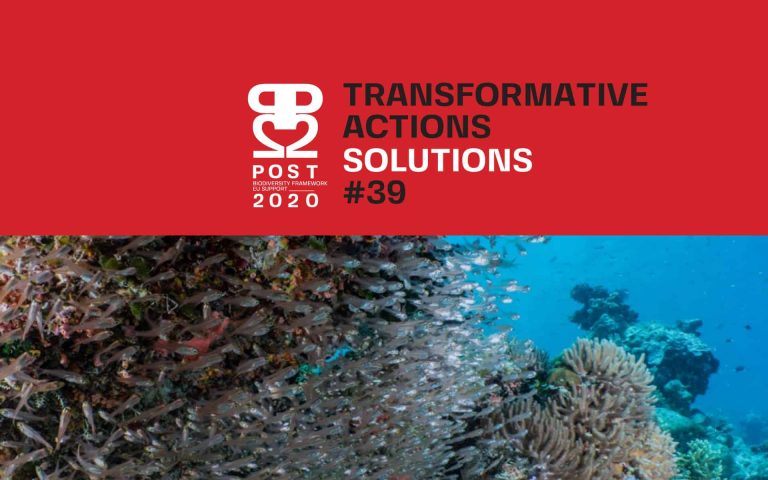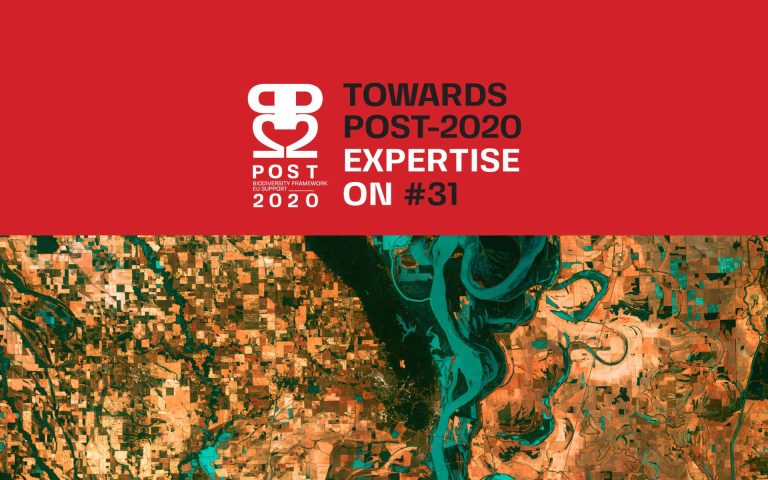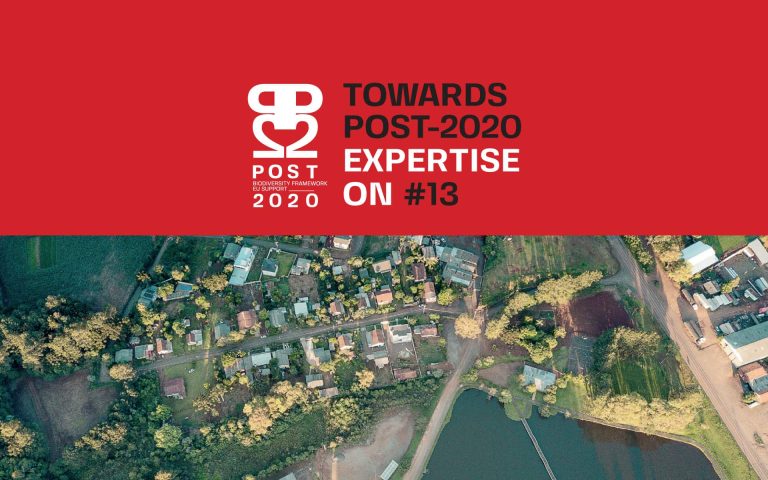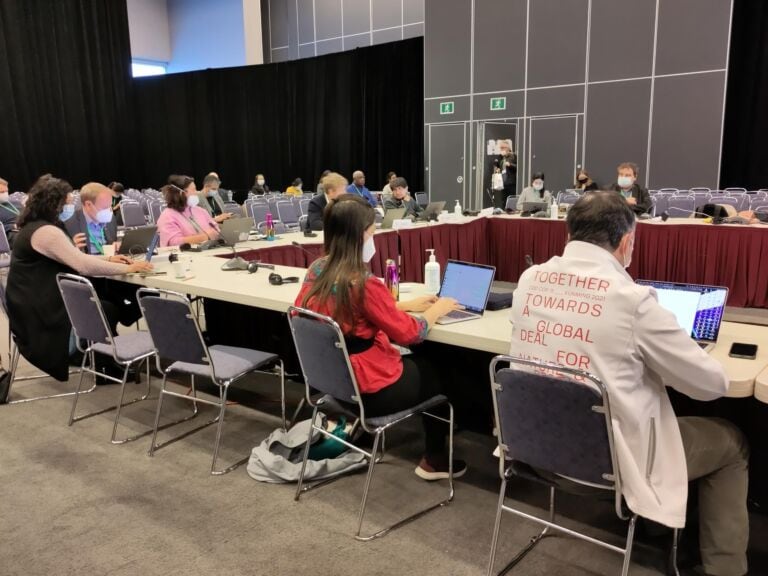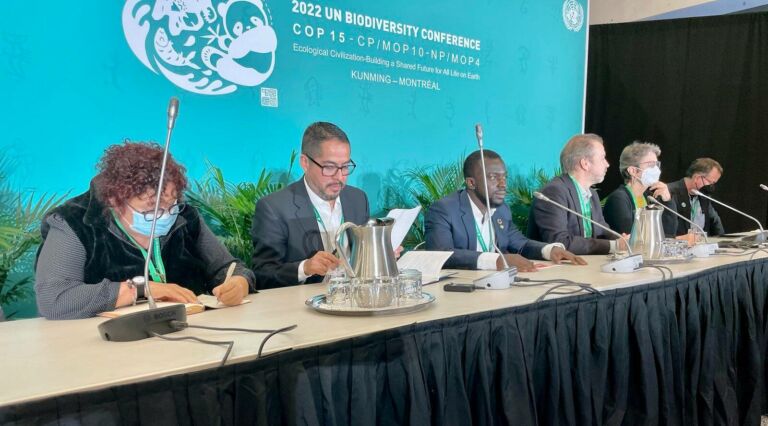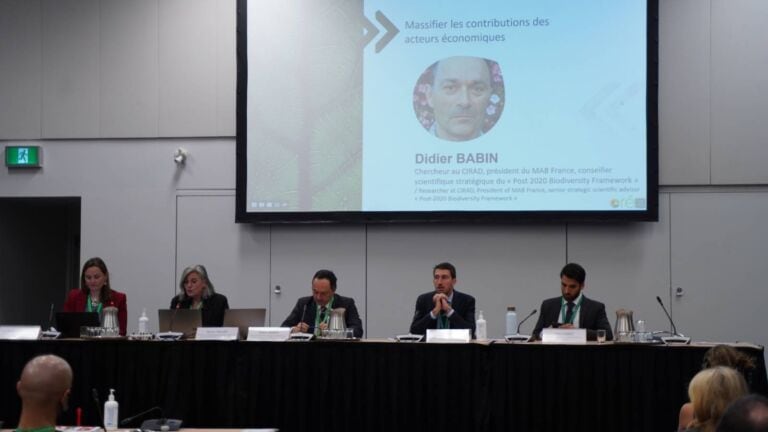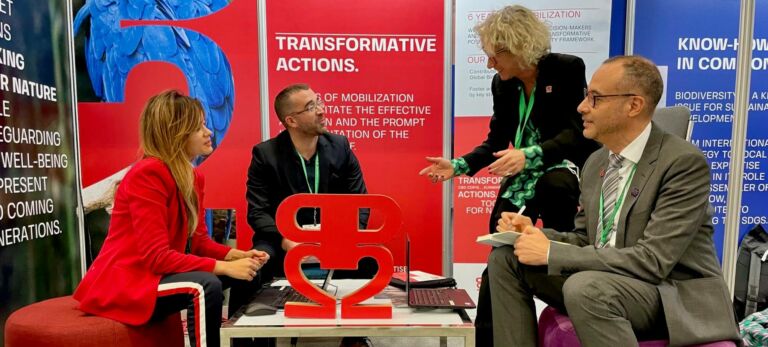
description
Spatial planning generally consists in projecting long-term goals on geographical areas, thus inherently addressing all aspects of development (environmental, economic and social). Target 1 of the GBF particularly addresses spatial planning.
Spatial planning, understood as the process for co-creating land and seascape approaches, represents both an opportunity to integrate biodiversity in all activities, and an absolute necessity, as land and sea-use changes represent the first driver of biodiversity loss.
It requires institutions and stakeholders to work together and enhance coherence across all levels of governance.
We foster knowledge transfer on spatial planning for landscape and seascape approaches as a vehicle for the implementation of the Rio Conventions and Sustainable Development Goals and the Global Biodiversity Framework.
We support exercises to explore and use landscape and seascape approaches and tools to prioritize and plan interventions for the conservation, restoration and sustainable use of biodiversity in different sectors involving all stakeholders.
